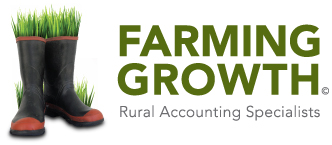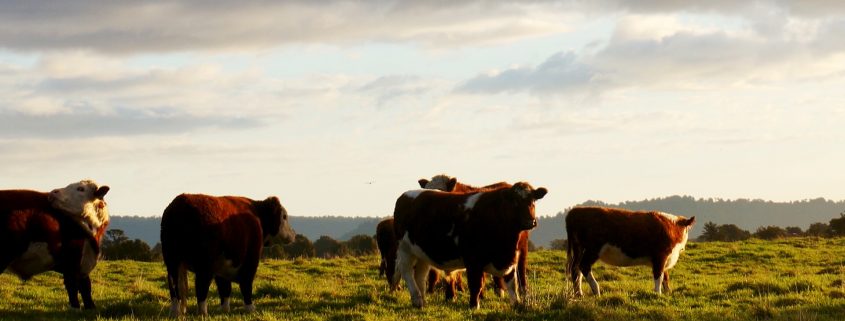Would you like more control and a better understanding of your business?
Budgeting is a word that gets a mixed response from rural business owners. A common response I hear is “Why budget when my business is largely dependent on the weather? You never know what it’s going to throw at you and the budget can go out the window…it’s then a waste of time.” The other common response is “We only do those when the bank manager asks for it. That keeps them happy.”
I appreciate that the weather is a major contributor to the success of your business and that the effects of it can be outside your control, but I think the point that is being missed here is that a budget isn’t a one off event to satisfy the bank. Obviously there is a perception that it offers no value to the rural business owner and it’s our role to help you to see the value, then assist you to get on and do it.
The really good operators all have something in common. They have a clear understanding of the cashflow management process and they commit time to doing it.
Budgeting is only one part of the cashflow management process. There’s more to it than that.
My idea of how to manage your cashflow better is to:
- Set a realistic annual budget broken down into months and write your assumptions that you used to do it, for example, 16 kg lambs at 5.40 p/kg.
- Use a software product like Cashmanager Rural to take the pain away from doing the budget and record your assumptions in the background.
- Take note of what it’s telling you:
a. The projected closing bank balance each month.
b. Do these fit within your approved overdraft?
c. Is some of the o/d core hard term debt better in a cheaper term facility?
d. What is your GFI predicted to be and how does this compare to other years?
e. Are your costs out of control compared to benchmarks?
f. Can you afford to complete one of your farm development projects?
g. What level of capital expenditure is planned and is it affordable?
h. Are cash surpluses resulting and can these be used to fund an off-farm investment?
i. What is the projected level of debt repayment and is this satisfactory given the age and stage of your business?
j. Are there opportunities to buy trading stock and if so, how does this impact the numbers?
k. When during the year is the time to commit to one-off big costs?
l. What tax will result and when is it due?
m. Is this the year to treat the family to a trip away or renovate part of the home?
n. Are our personal costs reasonable compared to what we earn?
o. Do we need to find another source of income to make it work? - Once you have tweaked the budget after considering the above, then it’s a static document that you pin up on your office wall.
- The next step is to copy it to a new “working copy” that you update each month. We call this the “forecast”.
- The working copy gets updated with your actuals for the previous month. Then you adjust the forecast looking forward for any new information you’ve learnt over the past month, for example, grass cover is up, so add in trade lambs. We call this “revision”. Business is dynamic and so parts of it are going to change – that is completely normal. You just need to understand why the change is occurring. If it’s a result of looking through rose-tinted glasses, then next time try to be more realistic.
After doing this, ask yourself “Am I more in control of my business and do I have a better idea of where I am headed?”
Lastly, at the end of the year compare your actual result to original budget and identify the main variances, your successes, things you could have done better and lessons for next year.
If all of this seems too hard, or you need a second opinion, then feel free to contact us for help. We really get a lot of satisfaction helping our clients understand and run their businesses better.
The next edition, for those of you who didn’t make the Smart Farming Expo earlier this year, will discuss the “9 key steps to knowing your numbers” and why these are essential to running a better business.



